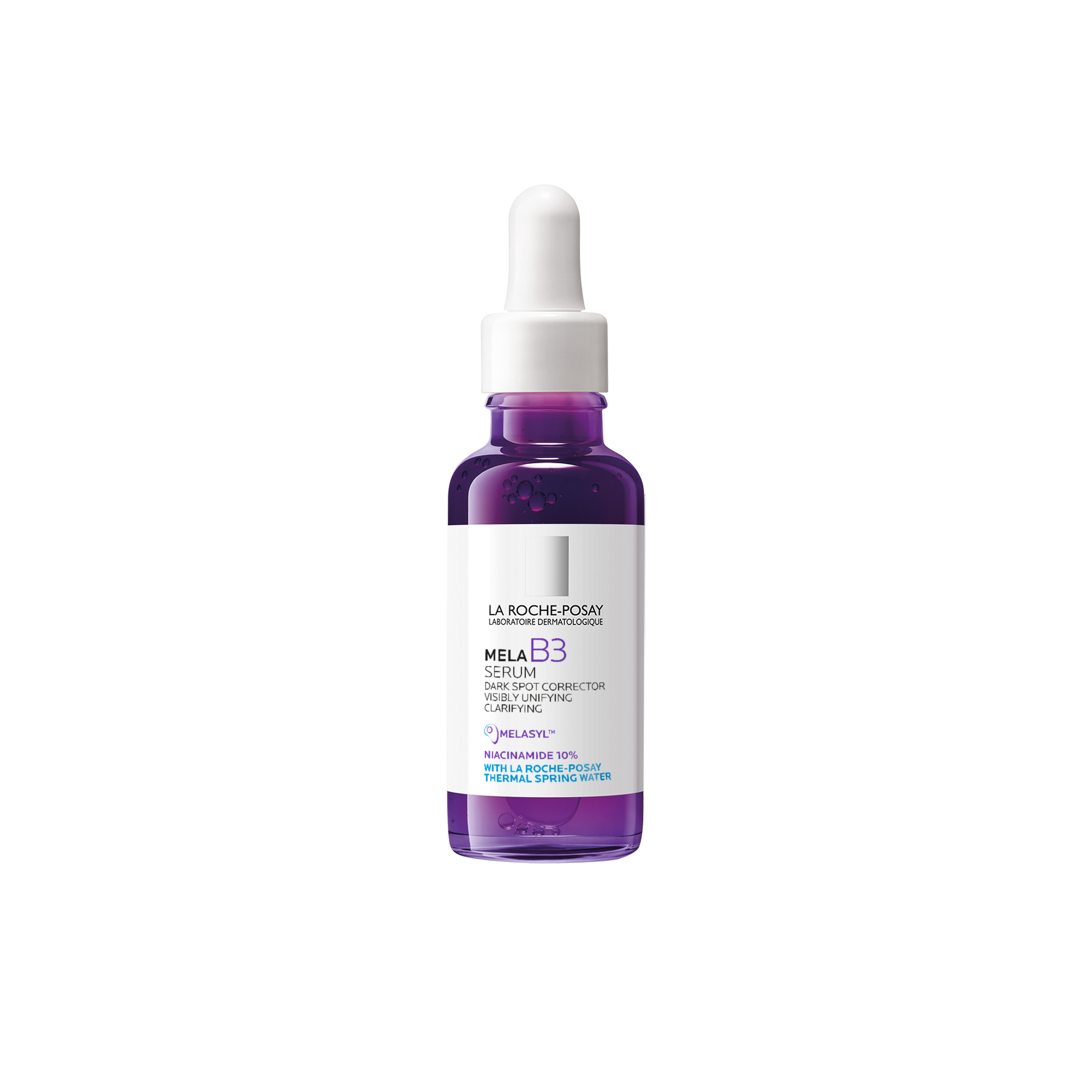- Acne
- Actinic Keratosis
- Aesthetics
- Alopecia
- Atopic Dermatitis
- Buy-and-Bill
- COVID-19
- Case-Based Roundtable
- Chronic Hand Eczema
- Drug Watch
- Eczema
- General Dermatology
- Hidradenitis Suppurativa
- Melasma
- NP and PA
- Pediatric Dermatology
- Pigmentary Disorders
- Practice Management
- Precision Medicine and Biologics
- Prurigo Nodularis
- Psoriasis
- Psoriatic Arthritis
- Rare Disease
- Rosacea
- Skin Cancer
- Vitiligo
- Wound Care
News
Article
Dermatology Times
Melanoma and the Wrong Site
Author(s):
In this month's Legal Eagle column, learn about the liabilities and how to prevent wrong-site procedures.
“Dr Cancer” is a well-respected dermatologic surgeon who receives referrals from many physicians. He is well known for his expertise in skin cancer removal. He holds an academic title and lectures nationally on the treatment of melanoma. All patients referred to him are required to bring biopsy reports. Some even come with photographs of the biopsied area. Most patients have a pretty good idea of where the biopsy was taken. Two years ago, Dr Cancer saw a patient with a biopsy-proven melanoma in situ of the right cheek. The patient, during initial consultation, brought a photo of the involved area. Because the patient was so anxious about her upcoming surgery, Dr Cancer suggested she take an anti-anxiety medication prior to surgery. Consent forms were signed during the consultation appointment.
On the day of surgery, Dr Cancer’s patient took a double dose of her anti-anxiety medication. She was sleepy and confused when she entered Dr Cancer’s office. Unfortunately, it was not a good day in Dr Cancer’s office. The staff provided local anesthesia to the wrong site. Dr Cancer followed by removing a significant segment of the wrong area of skin and did not remove the melanoma. As the staff began to teach the patient appropriate wound care, the patient’s family noticed that surgery was performed on the wrong site. They were appalled. They never returned to the office and filed both a medical malpractice lawsuit and a claim with Dr Cancer’s state board of medical examiners. Now what?
Unfortunately, wrong-site surgeries do happen. Over 2 decades ago, a world-renowned New York neurosurgeon temporarily lost his medical license for operating on the wrong side of a patient’s brain. A Rhode Island hospital was penalized for allowing 5 wrong-site surgeries to be performed over the previous 3 years. The hospital was forced to pay a $150,000 fine, a 1-day safety training session was mandated for all personnel involved in performing elective surgeries, and a proctor was required to monitor that the surgical teams would be following safety protocols. The state health department mandated that the hospital install video and audio monitoring equipment in each operating room. There would now be a record of not only the banter that goes on during surgery but also the chosen music of the day. It was felt that such radical measures would get to the root cause of the problem. Patients needed to give consent to be videotaped.
Wrong-site surgery is considered a “never event.” Medicare does not pay for repeat surgery if the first one is on the wrong body part. A number of private insurance companies have followed suit. Wrong-site surgery is preventable.
One way to decrease the likelihood of such embarrassing (and potentially mutilating) events from happening is to get the patient involved. Explain to the patient before surgery that operating on the proper side is the most important aspect of the surgery. The patient can be given a marker to label the spot. He or she should initial on the consent as to the appropriate location. This should be double-checked on the day the patient arrives for surgery. Most patients will appreciate the extra attention paid to this process. This is not all. Other steps should be taken, such as a “time out” before cutting, making sure that more than 1 team member identifies the proper spot, and verifying the proper side with any pre-operative biopsy report, pre-biopsy photos, and the consent form.
There are times when patients are unclear as to the exact location of a biopsy. There are times when biopsies are mislabeled. There are many times when there are no photographs. However, the hallmark of medicine is to do no harm. It is a clear-cut breach in the standard of care to operate on 1 site when the cancerous lesion was in fact present on a different site. The malpractice case is filed based on the above fact pattern. Most attorneys would advise Dr Cancer to settle the case out of court. Similarly, Dr Cancer needs to try to settle with the state board of medical examiners. There may be some confusion as to where a biopsy was taken. Proper site delineation is required.
David Goldberg, MD, JD

David J. Goldberg, MD, JD, is medical director of Skin Laser and Surgery Specialists of New York and New Jersey; director of cosmetic dermatology and clinical research at Schweiger Dermatology Group in New York, New York; and clinical professor of dermatology and past director of Mohs Surgery and Laser Research at the Icahn School of Medicine at Mount Sinai in New York, New York.

Newsletter
Like what you’re reading? Subscribe to Dermatology Times for weekly updates on therapies, innovations, and real-world practice tips.































